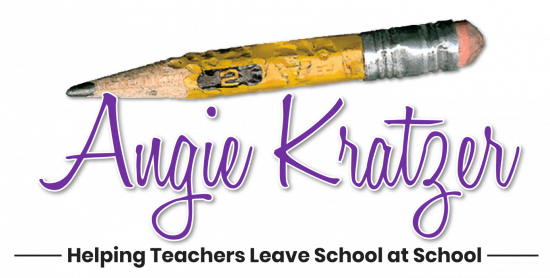When I began teaching high school English (when dinosaurs roamed the earth), we spent a lot of time playing the blame game. If those middle school teachers would just teach (fill in the blank), then we wouldn’t have this problem. Then I got involved with a vertical teaming project and heard middle school teachers saying the same thing about upper elementary folks.
There’s a whole host of skills we want kids to master, but there are no mandatory curricula for them. What do we wish they had? Grammar knowledge. Reading skills. Social skills.
STUDY SKILLS.
Students don’t step into the education machine knowing how to study. All those gears just keep on turning, grinding students with criticism over failing grades and scores on end-of-grade, end-of-course, and AP tests.

Where does it seem to fall naturally? Guidance counselors? Homeroom teachers? Parents? Online courses? Maybe all of those.
At the high school level, we’re shocked when students tell us no one actually explicitly taught them how to study. So this became my philosophy: If no one taught a child how to study before she got to me, then it was my job. So I would stop the world and teach study skills to all my freshmen and sophomores for the first five days of class.
But the only kids who got those life-altering lessons were mine, so here’s what I think is the best plan to make sure everyone gets it. Develop fifth-to-sixth and eighth-to-ninth transition programs so that ALL students get the same instruction on how to take notes in class, how to study for tests, how to set goals, and even how to work with the brain wiring and not against it.
My proposal for any transitional study skills curriculum:
◈Study Skills Anticipation Guide
◈Learning Style Inventory
◈Learning Approach Inventory
◈Stylish Studying
◈Tips for Studying at Home
◈Tips for Taking Notes in Class
◈Tips for Preparing for a Test
◈Tips for Organizing
◈Goal Setting for Different Time Frames
◈Weekly Student Snapshot Planner
◈Famous Struggles Scavenger Hunt
◈Effort Tracking Exercise
◈Motivational Posters or Anchor Charts
So what if a transitional program can’t happen?
Where can we get in enough study skill snippets to make a difference? Here are some options:
◈Homeroom: In those first ten days when we’re getting schedule changes squared away, everyone on staff teaches study skills to their home base kids.
◈Guidance Counselors: This option feels a bit cumbersome and perhaps too much for already overwhelmed guidance counselors who are getting schedules squared away, but short push-in sessions are an option.
◈Schoolwide Same-Time Instruction: For the first ten days of school, EVERY first block (or sixth period) teacher deals with study skills (that includes chorus, masonry, PE, math, you name it). An extra 20 minutes is built in, and we all share the load.
If you want a print and digital study skills program that’s ready to roll, take a look at Study Like a Boss.


